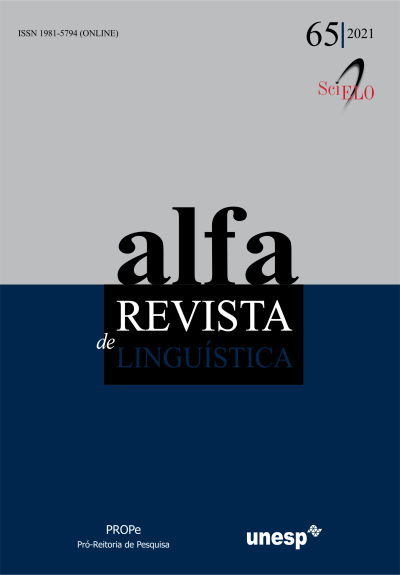Contributions to the study of figurativity in Ignacio Assis Silva’s works
DOI:
https://doi.org/10.1590/1981-5794-e13198Keywords:
figurativity, history of semiotic ideas, linguistic historiography, Ignacio Assis Silva, discursive semioticsAbstract
We aim, at this work, examine the contribution of the Brazilian semiotician Ignacio Assis Silva (1937-2000) about the concept of figurativity, responsible for the construction of meaning through the articulation of simulacres of the natural world with the thymic and sensitive dimensions, following the transformations undergone by the concept inside the theory. Object of study of the participants at the Seminars of General Semantics in the years of 1970, the concept reaches investigative peak in the following decade, continuing to intrigue semioticians in the years of 1990, such as Silva, whose research culminates in the thesis (1992) converted into the work Figurativização e metamorfose: o mito de Narciso (1995). With a corpus composed of Silva’s publications, we collected, inventoried, interpreted and analyzed the data obtained in this investigation assisted by elements of the methodology of the Historiography of Linguistics developed by Konrad Koerner (1996) and Pierre Swiggers (2009), which search to describe and explain the production and development of the Linguistic knowledge within a socio-historical context of a particular culture. Collaborating with the understanding and explanation of Brazilian contributions to the Discursive Semiotics, the methodology of HL allowed us to approach the different ways that Silva think the figurativity, establishing to what extent these theoretical facts contributed to the advance of Semiotic studies.
Downloads
Downloads
Published
How to Cite
Issue
Section
License
Manuscripts accepted for publication and published are property of Alfa: Revista de Linguística. It is forbidden the full or partial submission of the manuscript to any other journal. Authors are solely responsible for the article's content. Translation into another language without written permission from the Editor advised by the Editorial Board is prohibited.

